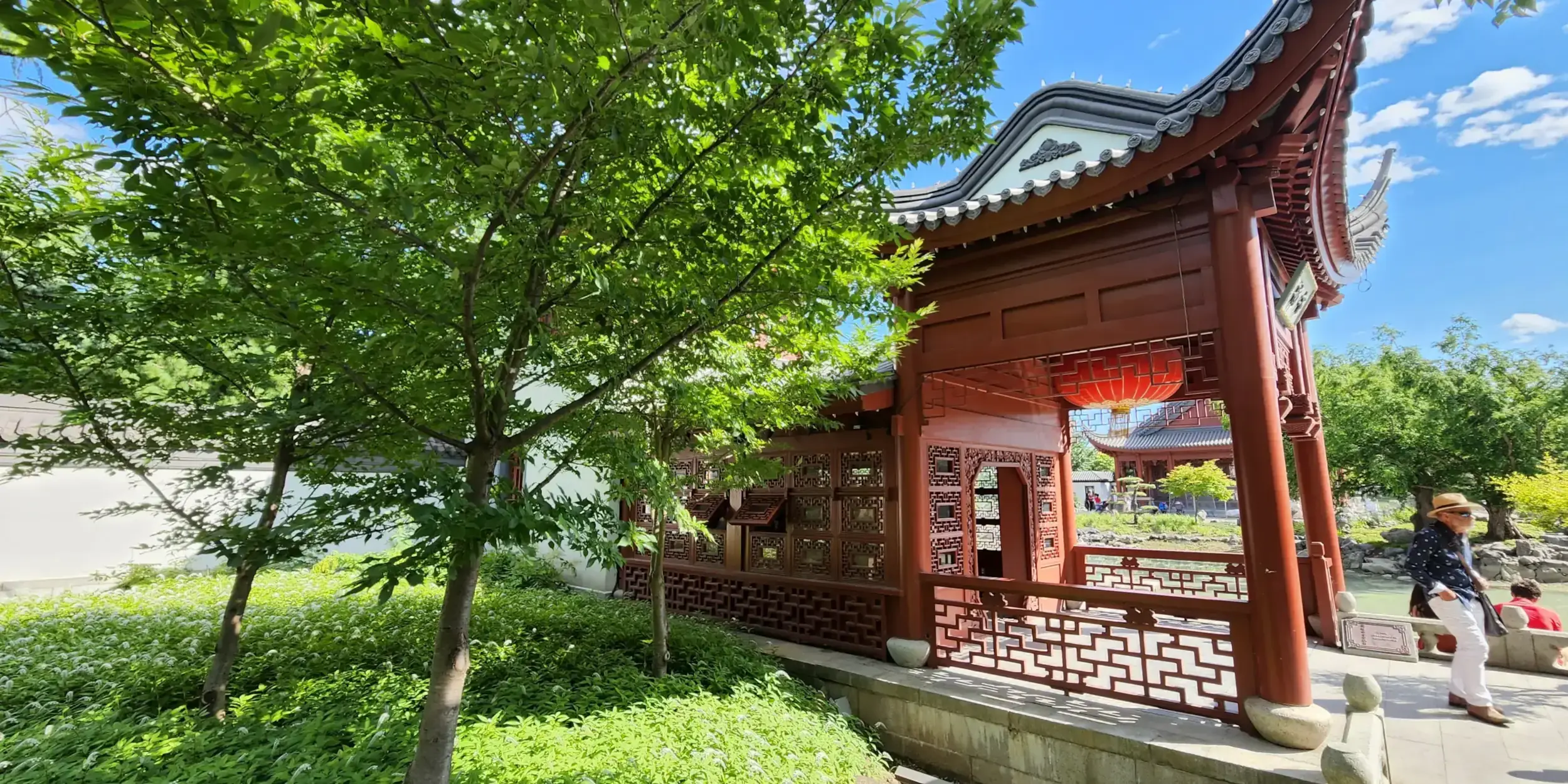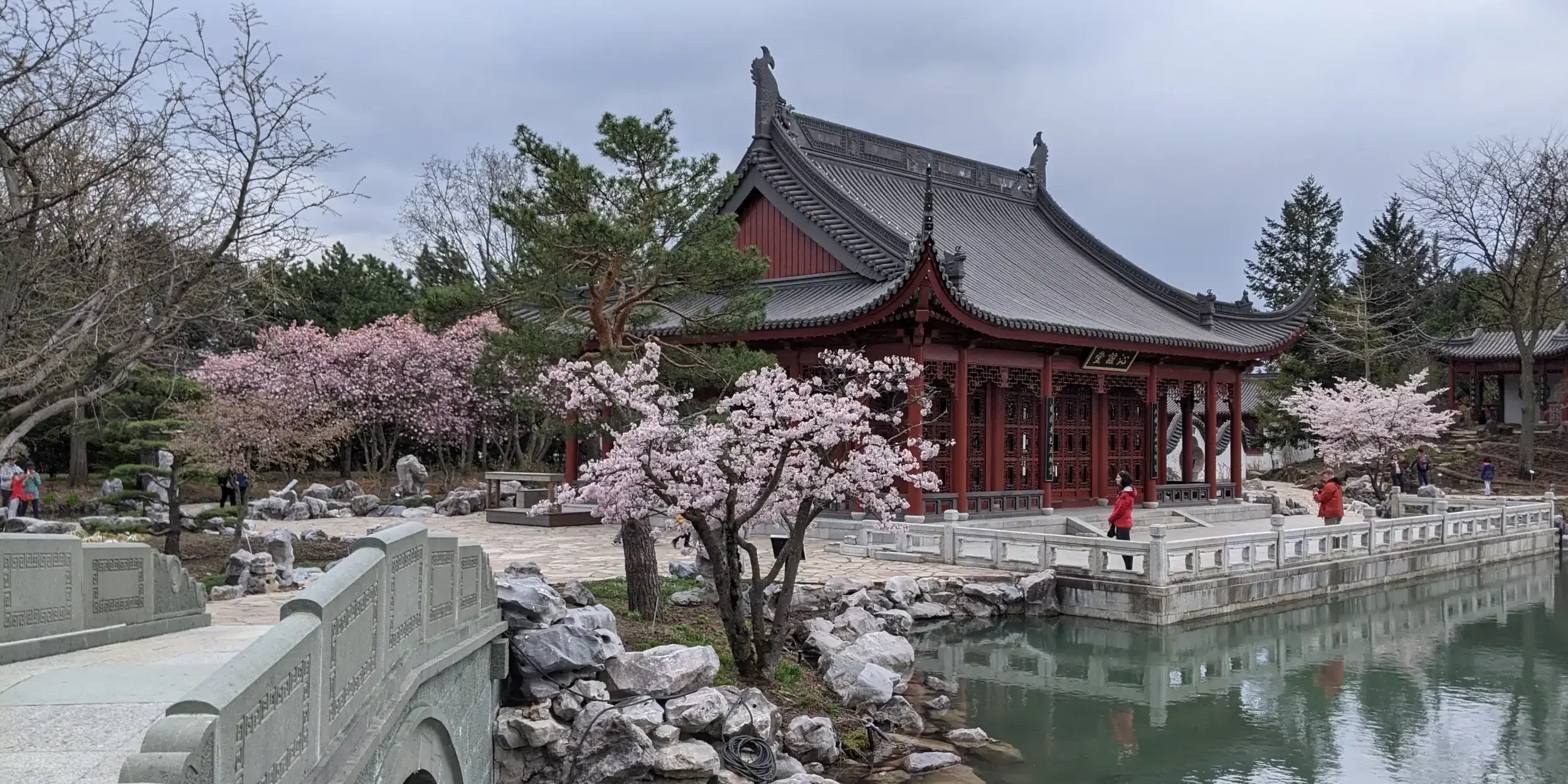Basilique Notre-Dame de Montréal, Montreal, Canada

This post contains affiliate links. This means at no extra cost to you, I may earn a commission if you purchase through my links. Please see my website disclaimer for more info.
My wife and I had been wanting to visit the Notre-Dame Basilica in Old Montreal for a bit, but the last few times we were down in Old Montreal, it was undergoing some major renovations and access was blocked off. I’m sure I had visited it as a kid, but haven’t been back since, and my wife had never been.
So when our friends were down from Toronto, we figured we’d head to Old Montreal and check to see if the renos were finally done. Well, they weren’t completely finished, but we were finally able to get in and see the Basilica this time.
Basilique Notre-Dame de Montréal Info
- Address: 110 Notre-Dame Street west, Montreal, Quebec
- Sightseeing Hours:
- Monday to Friday: 09:00 - 16:30
- Saturday: 09:00 - 16:00
- Mass Hours (French-only):
- Monday to Friday: 07:30 & 12:15
- Saturday: 17:00
- Sunday: 09:00, 11:00, & 17:00
- Time needed to visit: ~30 - 45 minutes
- Entrance fee:
- Adults: $15.00 CAD
- Students (17 to 22 years old): $13.00 CAD
- Children (6 to 16 years old): $9.50 CAD
- Children (5 years and under): Free
- Official website: basiliquenotredame.ca
- Booking link: On-site, or online via basiliquenotredame.ca
Getting There
The Basilica is located in Old Montreal, right near the Old Port. Because it’s in Old Montreal, parking is on the more expensive side, and generally hard to find. You can certainly drive there, but if you do you might be better of parking outside Old Montreal, and then walking up.
Your best bet though is to take the metro on the Orange line to Place-d’Armes station, and walk the rest of the way. It’s only about a 5 minute walk from the station to the Basilica.
Interesting Tidbit
What is the difference between a cathedral and a basilica?
A cathedral is the church of a bishop or archbishop, who is responsible for the administration of a diocese. A basilica is a title given to a church in recognition of its religious, historical, architectural and artistic value. Pope John Paul II raised the church to the rank of basilica in 1982. A cathedral can also be designated a basilica, as is the case for the Cathédrale Marie-Reine-du-Monde in Montréal. There are two other basilicas in Montréal: Saint Joseph’s Oratory and Saint Patrick’s Basilica.
basiliquenotredame.ca
Basilique Notre-Dame de Montréal History
The previous cathedral that stood in this spot, which was built in the Baroque style, was built in stages starting in 1672, and served as the first cathedral of the Diocese of Montreal from 1821 to 1822. But by 1824, the church was already too small for the growing population of Montreal, and so construction began on the new, current Basilica. It was designed by James O’Donnell, an Irish-American from New York City, to accommodate around 10,000 people, and is one of the oldest examples of Gothic Revival religious architecture in Canada.
In the two paintings below, you can see the previous church, with the new basilica in the background.


The primary construction took place between 1824 and 1829. The cornerstone was laid at Place d’Armes on September 1, 1824. The sanctuary was finished in 1830, and the first tower in 1841, the second in 1843. O’Donnell designed the towers to be traditionally Gothic, and intended for them to be seen from any point in the city. Following O’Donnell’s death, John Ostell, an English-born architect, finished the towers according to O’Donnell’s original plans. Upon completion, the church was the largest in North America, and remained so for over fifty years. Samuel Russell Warren constructed a new organ in 1858. The facade of the church was completed in 1865, and included three statues by French sculptor Henri Bouriché: Saint-Joseph, the Virgin Mary, and Saint Jean-Baptiste.
Wikipedia
The interior was completed at a later date, as it took much longer to complete the intricate woodwork and the stained glass windows. The completion of the interior continued for many years, including a redecoration in 1872, and a new chapel in 1889.
The Basilica
As it was, when we visited, there were still some restorations going on, as you can see with the scaffolding on one of the towers in the picture below.

We didn’t bother buying our tickets in advance since I wasn’t sure if they’d opened it back up to visitors again. So we just purchased our tickets on-site when we arrived, which you do just at the front of the basilica, on the right side.
I tried to get a decent shot of the front entrance, but it wasn’t easy to capture it all with how high the ceiling is! Beautiful architecture though.


Of course, one of the first things you see when you enter, is the gorgeous blue and golden hue coming from the altar area. Really quite stunning!

You can see the incredible detail, from the ground all the way up to the ceiling. Easy to see why completion of the interior took so long.
Actually, part of the reason completion of the interior took so long is that the original altarpiece was very flat, and caused the congregation to be blinded by the light entering the basilica. It was later redesigned to the much more ornate altarpiece you see today.

On the left side, mid-way-ish down the church, there’s a beautiful winding staircase and pulpit with intricately carved wood statues of Ezekiel and Jeremiah. Apparently in the past, the priest would climb the staircase and do the sermon from the pulpit.



On the sides of the church, there are more pews, beautiful stained glass windows, and some prayer candles. There are also some confessionals of course! Not that I’d ever need one. 😇😉


Just some more of the stunning design and craftsmanship …

At the back of the church there’s an entrance that leads behind the altar area. From there you can access the chapel. As a visitor though, you can’t go into the chapel itself, but you can see it from the entrance. You’re also not allowed to take pics, so I’ve included one below from the official site. It’s really quite beautiful, and has a stunning huge piece of bronze wall art.

This chapel is striking because of all the natural light it lets in and its many decorations. The altarpiece designed by sculptor Charles Daudelin (1920-2001) is an imposing 20-tonne bronze piece measuring 52 feet high and 17 feet wide (15.85 x 5.18 metres).
basiliquenotredame.ca
Further Reading
If you’re interested in more details about the Basilica, the official website has some great details about the history, architecture, and art of the Basilica.
Conclusion
Despite my love of religious architecture, like in the temples of Asia and the Churches of the Western world, I’m not religious. I don’t believe in a god, or gods, or any sort of higher power.
Nevertheless, I still appreciate the incredible beauty and craftsmanship of buildings like the Basilica, and the amount of work that went into it. Both the architects involved in the design, and the workers who built it were so immensely talented, and I think it’s a shame that we don’t see more of this kind of work and attention to detail in modern buildings.
I’m glad we finally got a chance to see it, and I’d definitely recommend it to anyone visiting Montreal. It’s a beautiful building, and well worth the visit.
Until next time,
michael 😀
Share this post:

Sugaring Off at Érablière Meunier, Montreal, Canada

Must Try Food and Drinks in Montreal

Christmas Markets in Montreal, Canada

Unique and Delicious Ice Cream From Around the World

Canadian Tulip Festival, Ottawa, Canada

Canada Science and Technology Museum, Ottawa, Canada

Plane Spotting at Jacques-de-Lesseps Park

Flying Business-class With Air Canada. Worth it?

Botanical Gardens, Montreal, Canada - Revisited

Pointe-à-Callière Museum of Archaeology and History, Montreal, Canada

Biodôme, Montreal, Canada

Botanical Gardens, Montreal, Canada

Château Dufresne Museum, Montreal, Canada

Château Ramezay Museum, Montreal, Canada

2 Days in Kilkenny, Ireland
Comments